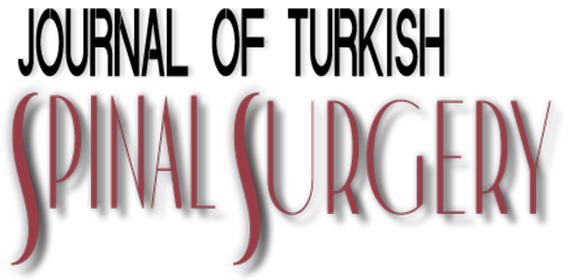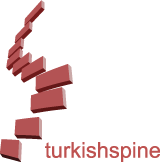ABSTRACT
Aim:
The management of complex cervical pathologies could be handled with understanding of cervical biomechanics as well as the baseline data of cervical alignment parameters. The aim of our paper is to support nominative baseline data of the cervical spine alignment parameters to provide guidance for proper surgical treatment.
Material and Methods:
We evaluated the lateral cervical radiographs of 347 healthy adult patients between the ages of 18 and 60. We measured cervical lordosis with Cobb angle C0-2 and C2-7, Jackson physiological stress lines, Harrison tangent lines and also sagittal vertical axis with C2-C7 plumb line, cervical tilt and cranial tilt. We analysed measurements according to mean values and genders.
Results:
Two hundred and twenty eight patients (65.7%) were female, and 119 patients (34.3%) were males. Mean age was 44.12±16.03 years. Cobb C0-C2 (p=0.307), Jackson (p=0.106), and Harrison (p=0.688) measurements were similar between males and females. But Cobb C2-C7 was significantly different between genders (p=0.017). The comparisons of methods revealed that Cobb C0-C2 had highest values, and Cobb C2- C7 and Jackson was lower than Harrison (CobbC0-C2>Harrison>Cobb C2-C7~Jackson) (p<0.001). SVA (p=0.690) and cervical tilt angle (p=0.538) measurements were similar between males and females but cranial tilt angle was significantly different between genders (p=0.046).
Conclusion:
All of these techniques and the standard data must be well understood along with the biomechanical features so that surgeons can choose the best technique for the management of deformities.



